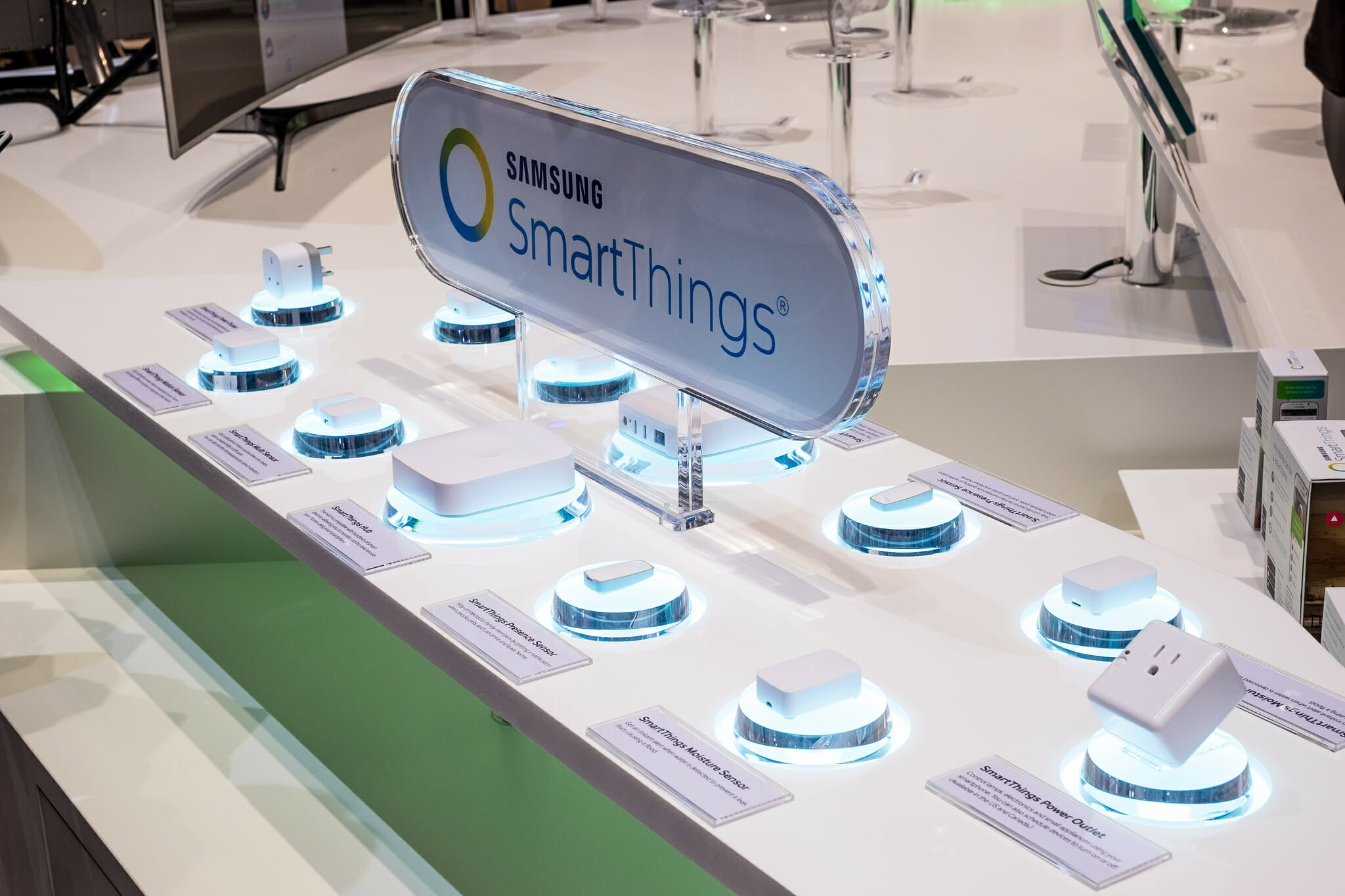Unfortunately, if a consumer wishes to buy into the idea of an Internet of Things (IoT) in 2016, they would find themselves involved in a mess of proprietary, immature, and incompatible platforms. Just because a Samsung refrigerator is labeled smart doesn’t mean that it will work with a Sony smart TV. Much like wireless charging, the IoT is currently in the midst of a standards war with Apple’s HomeKit, Google’s Brillo and Weave, Samsung’s SmartThings, and many other platforms fighting for market share.
Additionally, the cost and practical utility of smart items may turn away consumers. Most of the notable products shown at CES had either unannounced or absurdly high prices. How much more is the average consumer willing to spend on a smart dryer than on a normal one? More often than not, smart things priced at hundreds of dollars higher than their dumb counterparts are simply normal electronics with $50 computers slapped on.
However, the most worrying aspect of current smart items is their security. In 2015, tens of thousands of consumer routers were hacked and forced into a botnet, striking down websites at a hacker’s whim. Because most technology companies are focusing on making their products “smarter” rather than safer, smart homes may also be at risk of attack.
With so many kinks to work out, the IoT of things clearly needs more time to mature before becoming mainstream. In the meantime, consumers will just have to deal with turning on their microwaves on by hand.








